— 9 min read
Common Construction Hazards and How to Avoid Them
Last Updated Mar 26, 2025
Last Updated Mar 26, 2025
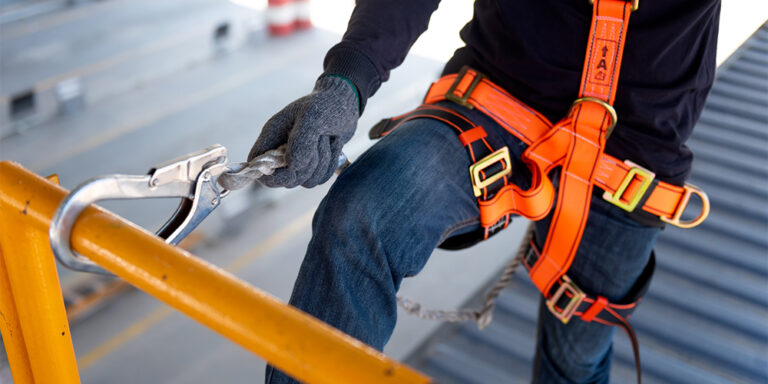
Construction sites are dynamic environments where health and safety should always be the top priority. From falling objects to electrical hazards, the risks are numerous and varied. Understanding these common construction hazards and knowing how to avoid them is important for every worker, supervisor, project manager and executive in the industry.
With that in mind, we cover the main dangers you're likely to encounter on a construction site and the steps you can take to keep yourself and your team safe.
Table of contents
Falls from height
Falls from height remain one of the leading causes of injuries and fatalities in construction, accounting for 36% of worker deaths. Whether it's working on scaffolding, roofs or ladders, the risk of falling is ever-present.
To mitigate falls from height, you should:
● Always use proper fall protection equipment, including harnesses and lanyards
● Make sure scaffolding is erected by trained professionals and inspected regularly
● Use guardrails, safety nets and hole covers where appropriate
● Keep work areas clean and free of tripping hazards
For instance, when working on a multi-storey building, make sure all open edges have proper guardrails installed. If guardrails aren't feasible, use a fall arrest system with a full-body harness and lanyard attached to a suitable anchor point.
Falling Objects
Being struck by a moving object has been cited as the third leading cause of non-fatal work-related injuries, accounting for 14% of reported injuries. Tools, materials or debris falling from above can cause serious injuries to workers below. It’s a hazard that’s particularly common on multi-level construction sites.
To reduce the risk of falling objects:
● Use tool lanyards to secure hand tools when working at height
● Install toe boards on scaffolding and elevated work platforms
● Wear hard hats at all times on site
● Establish exclusion zones below overhead work
Consider a scenario where workers are laying bricks on an upper floor. Make sure they use brick guards on scaffolding to prevent loose bricks from falling, and set up a clearly marked exclusion zone on the ground level.
Shape the Future of the Built Environment at Procore's Construction Summit
Engage with construction leaders and discover the latest technology and best practices that are driving change across the industry.
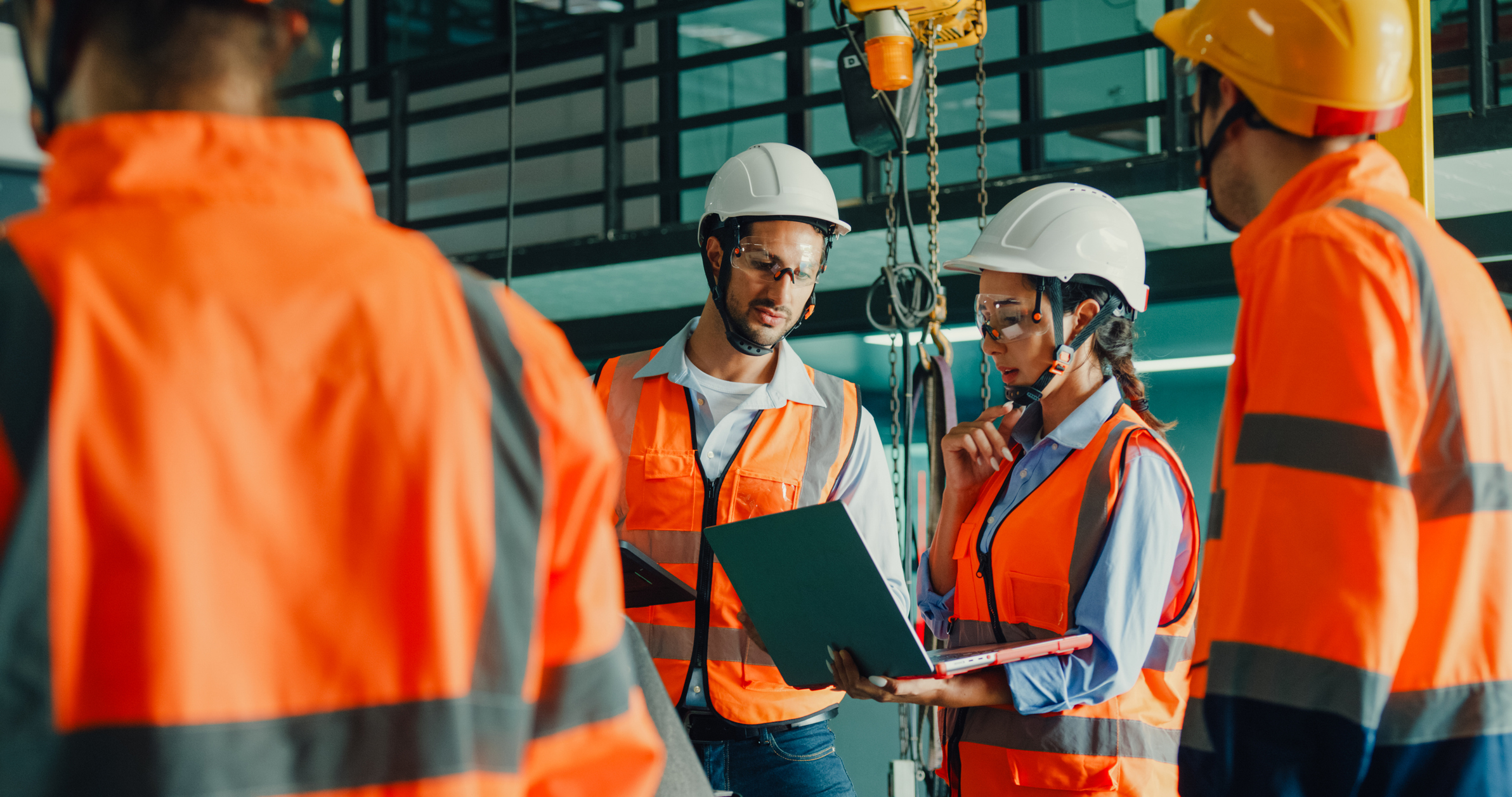
Electrical Hazards
Electrical hazards are present in almost every construction project no matter its size, from power tools to temporary lighting and exposed wiring. Their commonality makes them particularly hazardous.
To keep your team safe from electrical dangers:
● Use ground fault circuit interrupters (GFCIs) on all power tools and extension cords
● Inspect all electrical equipment before use
● Keep electrical cords away from water and sharp edges
● Only allow qualified electricians to work on electrical systems
When using power tools in damp conditions—such as during concrete cutting — always use a GFCI and make sure your tools are double-insulated.
Struck-by Hazards
There’s a lot going on at busy construction sites, and being struck by moving vehicles is another potential hazard to look out for. Falling materials or swinging loads are also a significant risk on construction sites.
To avoid struck-by incidents:
● Wear high-visibility clothing at all times
● Use spotters when operating heavy machinery in congested areas
● Secure all loads properly before lifting
● Establish and follow traffic management plans on site
For example, when a crane is lifting materials onto an upper floor, make sure the area below is cordoned off and a designated spotter is guiding the crane operator.
Caught-in or Caught-between Hazards
A caught-in or caught-between hazard occurs when workers get caught in or compressed by equipment or objects, or caught between moving and stationary objects.
You can prevent caught-in or caught-between accidents by:
● Never entering an unprotected trench or excavation
● Using machine guarding on all power tools and equipment
● Staying clear of pinch points and crush zones
● Following proper lockout and tagout procedures when maintaining equipment
When working near excavators or other heavy machinery, always maintain a safe distance and never enter the equipment's swing radius without the operator's acknowledgement.
Respiratory Hazards
Construction work often generates dust, fumes and other airborne contaminants that can pose serious health risks when inhaled.
The best ways to protect against respiratory hazards include:
● Using appropriate respiratory protection based on the specific hazard
● Implementing dust control measures such as water suppression or vacuum extraction
● Ensuring proper ventilation in enclosed work areas
● Conducting air monitoring when working with hazardous materials
When cutting concrete, for instance, use a water-fed saw to suppress any dust or a vacuum-attached grinder to capture dust at the source.
Noise Hazards
Approximately 170,000 people in the UK suffer from ear conditions having been exposed to hazardous noise levels at work, and prolonged exposure to high noise can lead to permanent hearing loss. Construction sites are often noisy environments with various sources of loud sounds.
To protect against noise hazards:
● Wear appropriate hearing protection in noisy areas
● Maintain and lubricate equipment to reduce noise levels
● Use quieter equipment when possible
● Rotate workers to limit individual exposure to noisy tasks
If you're operating a jackhammer, for example, wear earplugs or earmuffs rated for the noise level, and take regular breaks to limit your exposure.
Manual Handling Injuries
Lifting, carrying and manipulating heavy or awkward materials can lead to musculoskeletal injuries. 17% of workplace injuries can be directly attributed to manual handling activities such as lifting, carrying, or moving objects.
To prevent manual handling injuries:
● Use mechanical aids like forklifts or pallet jacks when possible
● Practise proper lifting techniques
● Break large loads into smaller, more manageable sizes
● Organise work areas to minimise carrying distances
When moving heavy materials like bags of cement, use a wheelbarrow or trolley instead of carrying them by hand. Doing so will reduce the strain on your body and lower the risk of back injuries or other musculoskeletal problems.
Slips, Trips and Falls
The risks of slips, trips and falls are ever-present on construction sites. Uneven surfaces, scattered materials, poor lighting, cluttered walkways and wet conditions can all contribute to dangerous slip, trip, and fall hazards, leading to injuries.
To reduce these risks:
● Keep work areas tidy and free of obstacles
● Clean up spills immediately
● Use non-slip footwear
● Ensure adequate lighting in all work areas
One way to combat the risk of slips, trips and falls is to inspect your work area regularly and address any potential trip hazards, such as trailing cables or uneven flooring.
Hazardous Substances
Construction work frequently involves handling hazardous materials such as solvents, paints, adhesives and chemicals. These pose significant health risks if not properly managed or handled with appropriate safety measures.
To handle hazardous substances safely:
● Read and follow safety data sheets (SDS) for all materials
● Use appropriate personal protective equipment (PPE)
● Store chemicals properly and separately
● Provide proper washing facilities
When working with epoxy resins, for example, wear chemical-resistant gloves and ensure good ventilation in the work area. It will help protect your skin from irritation and reduce exposure to harmful fumes, promoting a safer environment.
Heat and Cold Stress
Working outdoors exposes construction workers to various weather-related risks, including heat stress during the summer months and cold stress in winter. Both of these can lead to serious health issues if the proper precautions aren't taken.
To manage temperature-related hazards:
● Provide plenty of drinking water and encourage regular hydration
● Schedule heavy work during cooler parts of the day
● Allow for acclimatisation when weather conditions change
● Provide appropriate protective clothing for cold weather
During a heatwave, implement a work-rest schedule to allow workers to cool down in shaded areas, and provide cooling stations with fans and cold water.
Vibration Hazards
You may not think of a vibration tool being particularly hazardous, but prolonged use of these tools can lead to hand-arm vibration syndrome (HAVS) or whole-body vibration issues.
To minimise vibration hazards:
● Use low-vibration tools where possible
● Maintain tools properly to reduce vibration levels
● Limit exposure time through job rotation
● Wear anti-vibration gloves
Let’s say you're using a concrete breaker. In this case, you should take regular breaks and alternate with other tasks to limit your vibration exposure.
Safety Culture and Training
While addressing specific hazards is fundamental for workplace safety on a construction site, creating a strong safety culture is equally important. This involves:
● Providing comprehensive safety training for all workers
● Encouraging reporting of near-misses and hazards
● Conducting regular safety meetings and toolbox talks
● Leading by example, with management prioritising safety
The construction project manager plays a central role in establishing and maintaining this safety culture, overseeing building safety protocols and ensuring compliance across the site.
Implement a safety observation programme where workers are encouraged to report potential hazards or unsafe practices they notice on site. This will be guided by health and safety legislation.
Risk Assessment and Planning
Before starting any construction task, conduct a thorough risk assessment to identify potential hazards, assess the level of risk and implement appropriate control measures to ensure the safety of all workers on site.
● Identify potential hazards associated with the task
● Evaluate the risks
● Implement control measures
● Review and update the assessment regularly
For a new roofing project, assess the fall risks, weather conditions and material handling hazards before work begins, and put appropriate controls in place.
Creating a Culture of Safety and Managing Construction Hazards
Construction sites present a wide array of potential hazards, but with the proper measures in place, these risks can be effectively managed. Staying vigilant, following best practices and creating a culture of safety means you can work towards reducing accidents and injuries in the construction industry while adhering to quality and safety guidelines.
Categories:
Tags:
Written by
Nicholas Dunbar
29 articles
Nick Dunbar oversees the creation and management of UK and Ireland educational content at Procore. Previously, he worked as a sustainability writer at the Building Research Establishment and served as a sustainability consultant within the built environment sector. Nick holds degrees in industrial sustainability and environmental sciences and lives in Camden, London.
View profileExplore more helpful resources
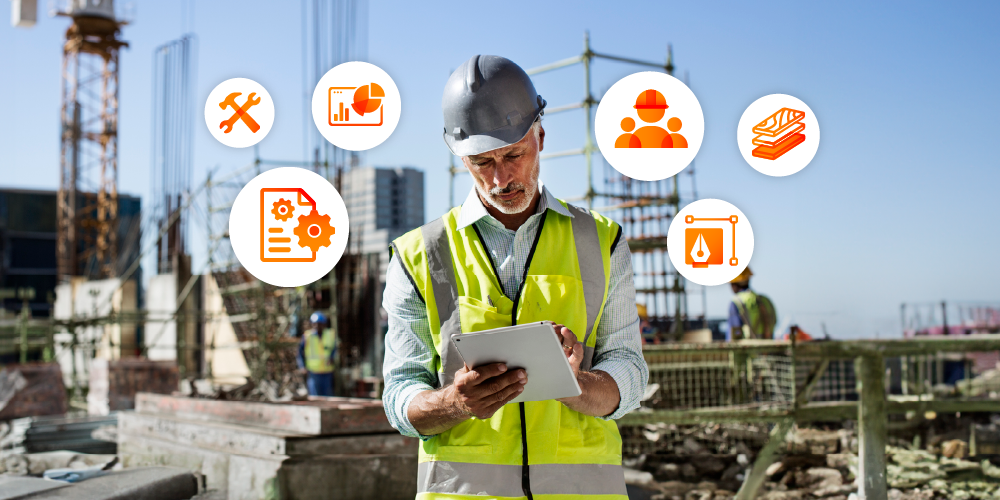
Construction Document Software: Essential Tools for Project Success
Construction projects depend on extensive paperwork, including designs, contracts, RFIs, and compliance records. A single misplaced document can trigger delays, disputes, or compliance violations. Despite increasing digital adoption, many teams...
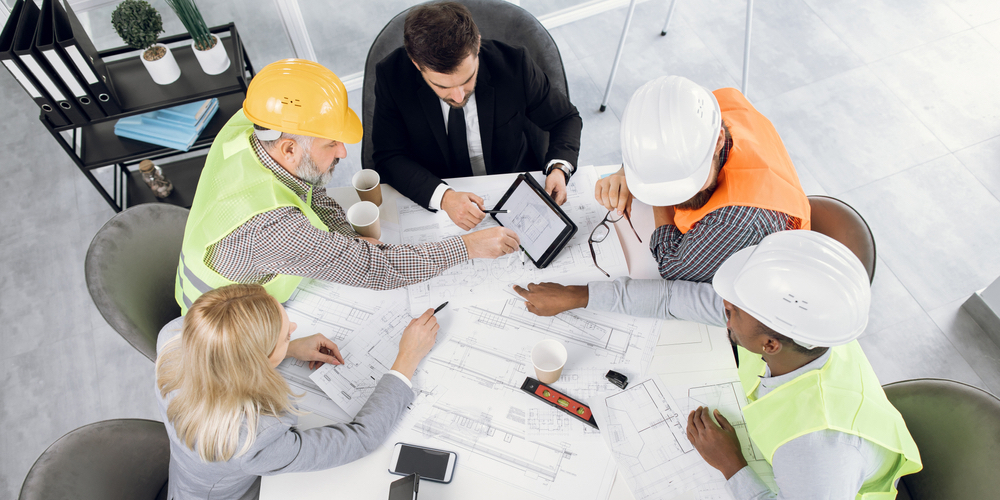
Construction Planning: A Guide to Successful Project Execution
Every successful construction project begins long before the first brick is laid. Indeed, behind each structure – whether a towering skyscraper or complex infrastructure project – lies a carefully crafted...
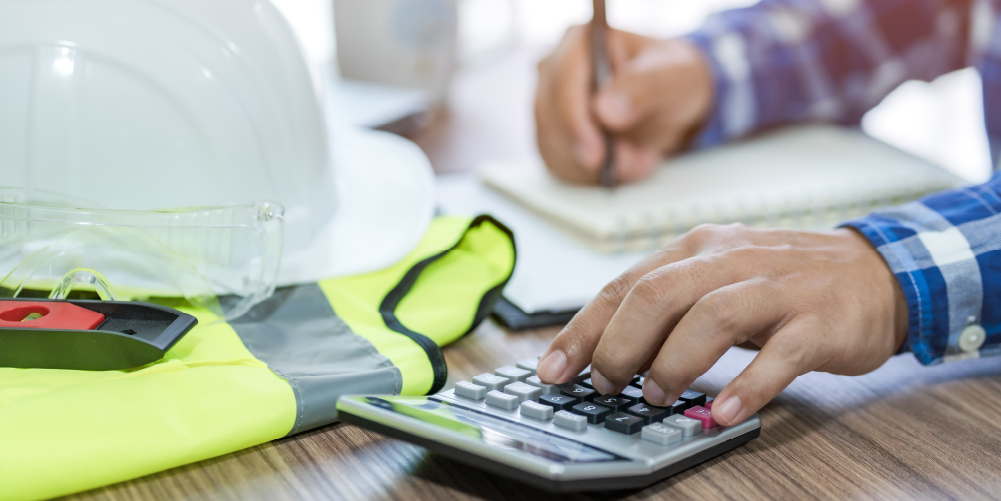
Leveraging Analytics for Better Financial Forecasting in Construction
Financial forecasting is a difficult task in any industry. In construction, where companies need to manage volatile material costs, labour shortages and variation orders on a daily basis, fluctuations in...
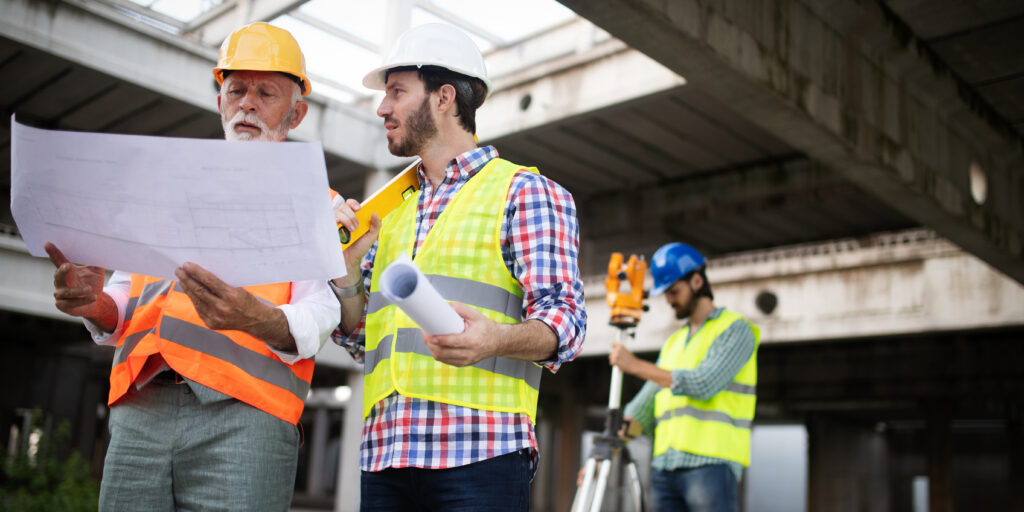
Strategies to Prevent Rework: The Importance of Clear Instructions
In construction, “rework” is the dreaded process of redoing tasks due to mistakes, quality issues, or safety concerns. This unnecessary work drains budgets through wasted materials and labour while causing...